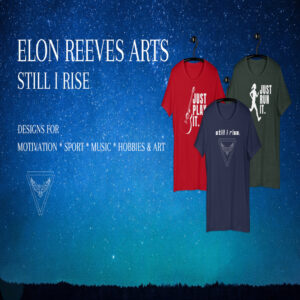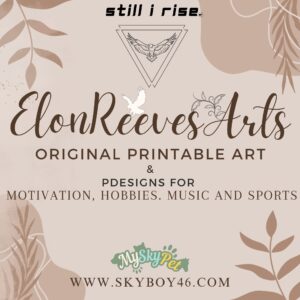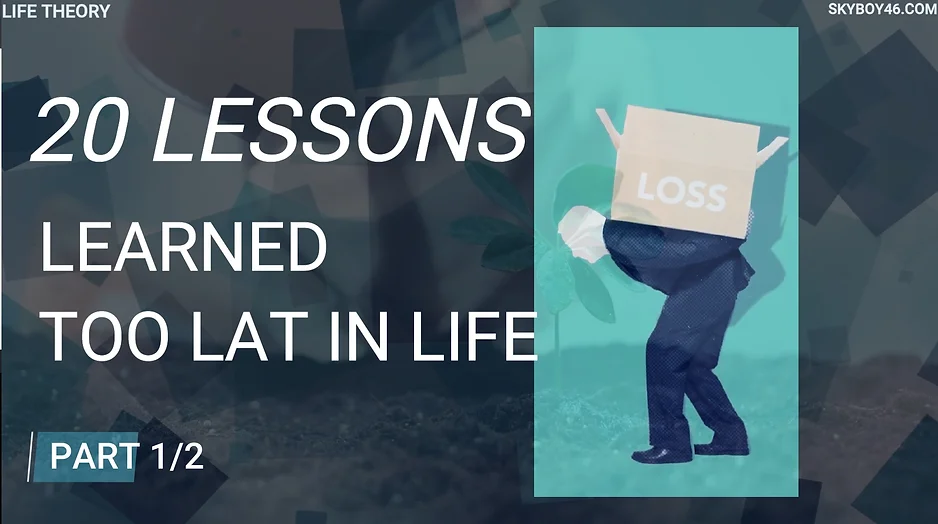Don’t Want To Read?
Watch/Listen To The Full Video on YouTube
Today, we explore a powerful concept: the reality you experience is not the objective truth, but a version shaped by your perceptions and past experiences. The symbols and memories from your past form mental filters through which you interpret everything, often distorting interactions or fueling anxieties. The challenge is to look beyond these filters, question the origin of your responses, and open yourself up to the perspectives of others. By examining these mental symbols, you can break free from distorted thinking and create a richer, more connected reality.
SUBSCRIBE: https://www.youtube.com/@LifeTheory46
Stretching Your Reality – Life Stories 143
We’re so glad you joined us today let’s get straight into our meditation before diving into When Perception Becomes Your Reality
Now, let’s dive into an idea that may seem a bit unsettling: the world you live in isn’t the “real world” at all. It’s a version of reality shaped entirely in your own mind. Your daily experiences, buried memories, and forgotten encounters have all contributed to the judgments and beliefs you hold today. But how many of those beliefs are truly your own? And how many were built from echoes of long-ago moments, like that first insult you received, or the way someone’s sudden anger made your heart race?
Those events left marks—symbols carved deep within, inside a house that exists in the shadows of your mind. For many, this house is an old, cluttered place, filled with dusty remnants of past experiences, still influencing how you navigate the world. You might think you’ve moved far beyond it, caught up in the hustle of daily life, surrounded by schedules and conversations. Yet, like a whisper from a distant room, the symbols of your past still find ways to shape your present.
The truth is, much of what you interpret as “reality” is not a direct experience of the world, but rather a response to symbols you created long ago. They were built as a kind of self-protection, telling you to withdraw or lash out, depending on what seemed safer at the time. So where does that leave the actual world—the one that exists beyond your own mental filters?
We often mistake our interpretations for truth, confusing what happens with how we perceive it. What feels like a confrontation to you may just be an honest observation to someone else. And what you consider straightforward might come across as harsh to others. Our individual experiences color our perceptions in unique ways. The symbols born from pain or insecurity can be especially powerful, consuming more of our mental energy and shaping the coping mechanisms we cling to.
Most of us try to avoid looking too closely at these mental symbols. We distract ourselves with information, ideas, and a constant flood of thoughts, so much that our minds become crowded, leaving no room for anything new. Alan Watts once observed that “a person who thinks all the time has nothing to think about except thoughts.” When your head is full, you’re not living in the moment; you’re already preoccupied with how you’ll explain it later, or how others will perceive it.
But maybe you see yourself on the other end of the spectrum, dismissing all this introspection as needless complexity. You prefer straightforward answers and practical solutions. Yet, deep down, something keeps you listening. Some part of you knows that there’s more than meets the eye, even if you pretend otherwise. The idea that you’re an “open book,” simple and easy to understand, may just be another layer of avoidance.
In truth, most of us swing between these extremes—either burying ourselves in a blanket of knowledge or oversimplifying our inner worlds. Both approaches create problems. When we fail to examine the symbols that drive our thoughts and behaviors, they seep into every interaction, distorting even the neutral moments. Eventually, this avoidance can spiral into anxiety, self-doubt, or a deep sense of being lost.
Self-investigation isn’t reserved for those with spare time; it’s essential for a fulfilling life. It’s about listening to others as much as to yourself, about understanding that your idea of reality isn’t the only one. The path forward begins with asking hard questions: Where do your reactions come from? What specific conversation or moment birthed that reflex? Only by returning to these origins can you start to reshape your responses and open yourself to a more balanced reality.
This week, challenge yourself to engage in more conversations—not to prove a point, but to genuinely understand the perspectives of others. Start small. Make it a habit to seek the middle ground in how you interpret the world. Because true reality isn’t confined to the symbols you carry in your mind; it’s in the shared experiences where your world and another’s overlap.
So stretch your perception, take those conversations deeper, and begin to unravel the layers of your own reality. It’s not about finding absolute truth, but about broadening the way you see, allowing room for growth and connection in a world that’s far richer than the one you’ve created in your head.
–> Read More Life Stories Here:
https://www.lifetheory.us
https://www.lifetheory.eu
Buy all of our Life Stories & Our Premium Learning Packs. Listen or Read to them anytime you want. Have them Forever.
You can get each monthly lesson on our website at https://www.skyboy46.com/store
SHARE THIS STORY
Visit Our Store
SHOP NOW
www.skyboy46.com & www.myskypet.com
Designed For Pet Lovers & Introverted Souls
Sport, Hobbies, Motivation, Music & Art






~EXPLORE MORE~
www.linktr.ee/skyboy46


